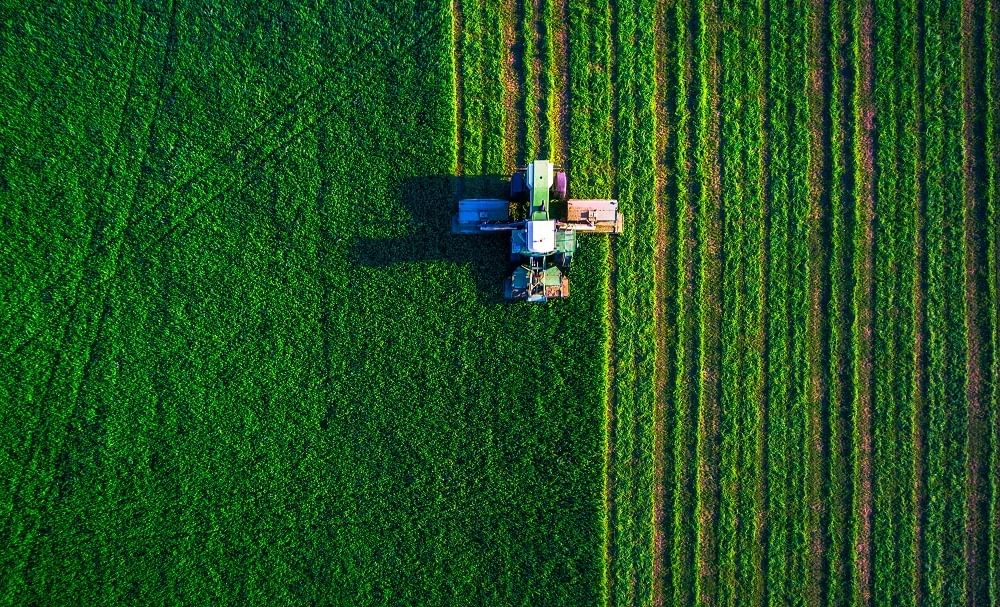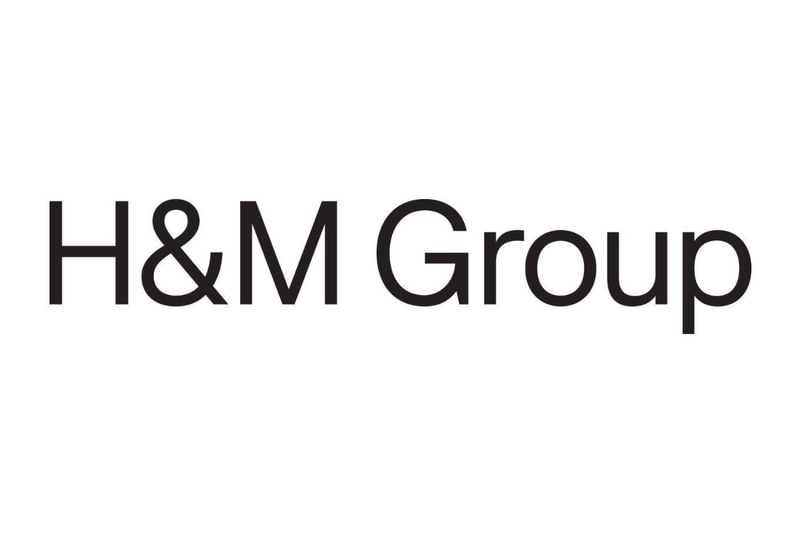
Case Study - Kingspan
Kingspan Group is the world’s leading manufacturer of high performance insulation and building envelope solutions for the global construction market. They now have over 13,000 employees across 5 business divisions and continents. Kingspan pride themselves on their innovative methods, and their vision is to lead the way in creating energy efficient buildings – incorporating efficiency, sustainability, style and safety into all their products.
We spoke to Bianca Wong, Kingspan’s Divisional Sustainability Manager.
Why did you set a science-based target?
Our vision is to be a global leader in sustainable business, delivering solutions that will help tackle some of the global challenges that we now face. Since 2011, we have demonstrated our commitment to a low carbon future through our ambitious Net Zero Energy 2020 Initiative. We already had strong commitments but, in 2017 wanted to ensure that they were science-based and in line with the level of decarbonisation required to keep global temperature increase below 2 degrees Celsius.
What was the process?
As we already had our ambitious renewable energy target we wanted to understand what the additional benefits would be from setting science-based targets. After some research, we learnt that setting science-based targets would include setting a target to address scope 3 greenhouse gas (GHG) emissions (emissions related to purchased goods and services, business travel, transport and distribution and end of life treatment of sold products). It was then very clear that they would help us to address impacts across our value chain and set us on a future pathway. We made our formal commitment in February 2018.
We then worked closely with our sustainability consultants to gather data, and apply the Sectoral Decarbonisation Approach across the company. From this analysis we gained valuable insight that enabled us to develop our targets. We also liaised with stakeholders across our business to understand what they thought a leadership position on climate change should entail. We used this to identify opportunities for change, and to get internal buy-in. After we made our submission to the SBTi we had some further discussion with their team regarding our scope 3 target which resulted in our targets being verified in September 2018.
What challenges did you encounter and what did you learn?
The process was an important learning curve for us and we feel we have gained invaluable insight particularly from the scope 3 analysis. It is challenging to set long-term targets in a short-term world, particularly in a rapidly growing business. Our new targets have added an additional dimension to our approach which we believe will help us to drive meaningful change across our value chain.
What happens next?
We have already started mapping out our approach. The targets will be managed and monitored collaboratively by our global net zero energy, procurement and sustainability teams. We look forward to working with our value chain partners and driving meaningful change. We aim to begin reporting on our progress in 2019.
What benefits do you expect to see as a result of setting a science-based target?
Setting a science-based target will help us to achieve our ambition for sustainability leadership in the construction sector. We expect that our Net Zero Energy efforts will continue to be instrumental in helping us to deliver energy efficiency savings and increase our onsite energy generation capacity across the business. Our efforts to address scope 3 GHG emissions will help to develop a strong collaborative approach with our partners and identify other potential areas of improvement.



